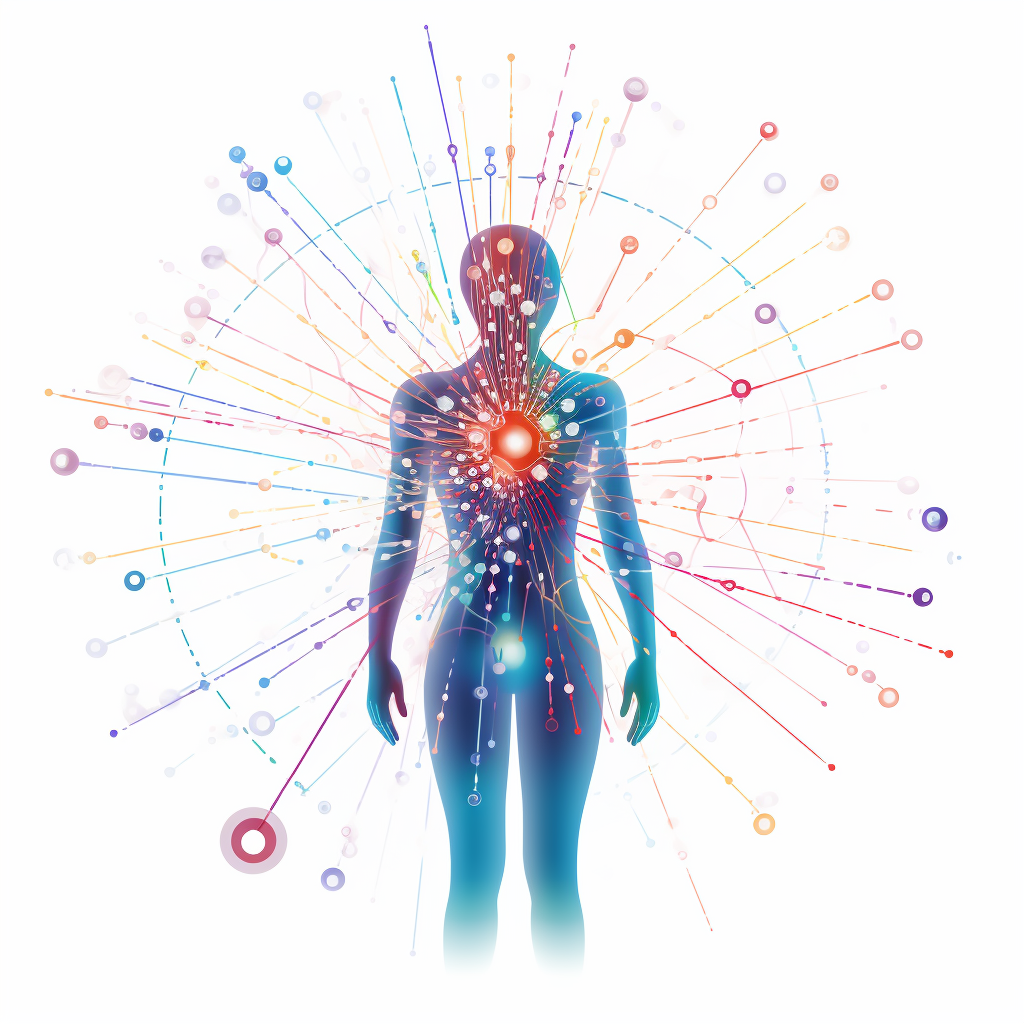 In recent years, chronic pain has become an increasingly prominent topic, affecting an estimated 20.4% of U.S adults according to the Centers for Disease Control and Prevention. This chronic condition can significantly impact the quality of life, making everyday tasks a struggle. But, there’s hope. Occupational therapy has emerged as a potent ally in the fight against chronic pain. Let’s explore some occupational therapy techniques that can aid in managing this pervasive condition.
In recent years, chronic pain has become an increasingly prominent topic, affecting an estimated 20.4% of U.S adults according to the Centers for Disease Control and Prevention. This chronic condition can significantly impact the quality of life, making everyday tasks a struggle. But, there’s hope. Occupational therapy has emerged as a potent ally in the fight against chronic pain. Let’s explore some occupational therapy techniques that can aid in managing this pervasive condition.
Occupational therapy (OT) is a holistic, client-centered health profession that seeks to improve people’s ability to perform daily activities and reach their functional goals. It is uniquely positioned to help those managing chronic pain, focusing on promoting healthier habits, adapting environments, and teaching pain-management strategies.
Body Mechanics and Ergonomics
One of the key components of managing chronic pain is learning how to perform daily activities in a way that won’t exacerbate pain. Occupational therapists help their clients understand and apply principles of body mechanics and ergonomics. They offer guidance on how to position and move the body correctly during various tasks, from lifting heavy objects to sitting at a desk, to prevent unnecessary strain.
Moreover, OTs also specialize in workspace assessments and adaptations, ensuring that an individual’s environment (like a home office) is set up to reduce stress on the body.
Physical Activity and Exercise
Physical activity is a fundamental component of chronic pain management. Regular, gentle exercise can help decrease pain intensity, increase strength and flexibility, improve mood, and enhance overall wellness. An occupational therapist can design a personalized exercise plan that suits an individual’s capabilities and goals.
Exercises may involve range of motion activities, strengthening exercises, or low-impact aerobic exercises like swimming or walking. Aquatic therapy, yoga, Tai Chi, and Pilates can also be integrated into the routine, often known for their benefits in reducing pain and improving physical function.
Pain Education and Cognitive Techniques
Education about pain can be instrumental in chronic pain management. OTs provide education about the physiology and psychology of pain, helping clients understand their pain better and how to manage it.
Cognitive techniques are also a part of this approach, such as cognitive-behavioral strategies. For instance, pain catastrophizing, where one magnifies the threat of pain, is a common issue in chronic pain. An OT can help clients reframe negative thoughts and develop more adaptive ways of thinking.
Mind-Body Techniques
Integrating mind-body techniques into pain management strategies can make a significant difference. Activities such as mindfulness meditation, deep breathing, and progressive muscle relaxation can help reduce the sensation of pain, decrease stress, and enhance mood. By teaching these techniques, an OT empowers individuals to take an active role in their pain management.
Occupational Engagement and Activity Pacing
An OT helps people return to activities they enjoy but may have stopped due to pain. This occupational engagement can serve as a natural pain distractor and improve the quality of life.
Simultaneously, activity pacing is taught to ensure people don’t overexert themselves. This involves breaking tasks down into manageable parts with rest periods in between to manage energy levels and prevent pain flares.
Chronic pain management is a multifaceted challenge. However, with occupational therapy’s holistic and personalized approach, individuals can find practical, non-pharmacological ways to manage their pain, leading to improved function and quality of life. It’s about redefining the relationship with pain and navigating daily life with renewed confidence and optimism.
For More information see:
- American Occupational Therapy Association (AOTA) – “Chronic Pain” https://www.aota.org/Practice/Rehabilitation-Disability/Chronic-Pain.aspx
- National Institute of Health (NIH) – “Chronic pain: In depth” https://www.nccih.nih.gov/health/chronic-pain-in-depth
- Centers for Disease Control and Prevention (CDC) – “Chronic Pain Information” https://www.cdc.gov/chronicdisease/resources/publications/factsheets/chronic-pain.htm
- National Center for Biotechnology Information (NCBI) – “Occupational Therapy for Chronic Pain: A Systematic Review and Meta-Analysis” https://www.ncbi.nlm.nih.gov/pmc/articles/PMC6678197/
- Pain Management Nursing – “Effectiveness of Occupational Therapy Interventions for Adults With Musculoskeletal Conditions of the Forearm, Wrist, and Hand: A Systematic Review” https://www.painmanagementnursing.org/article/S1524-9042(16)30156-5/fulltext














